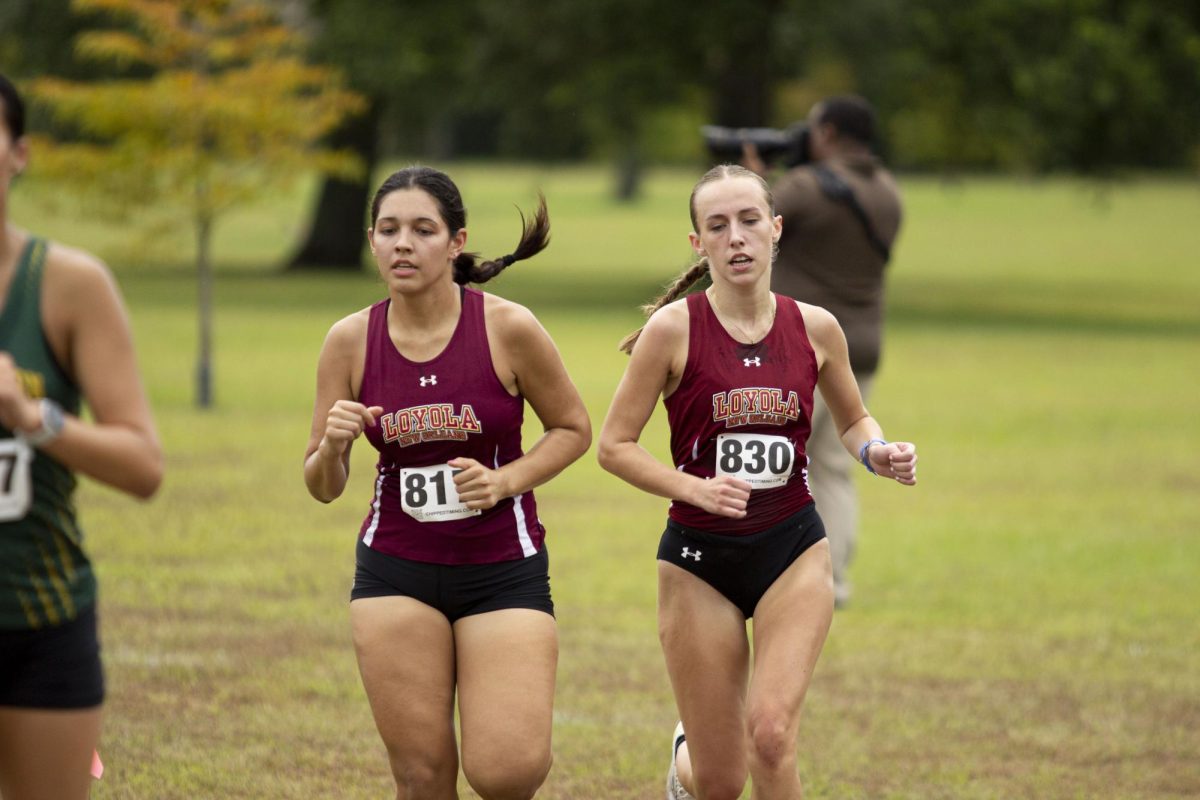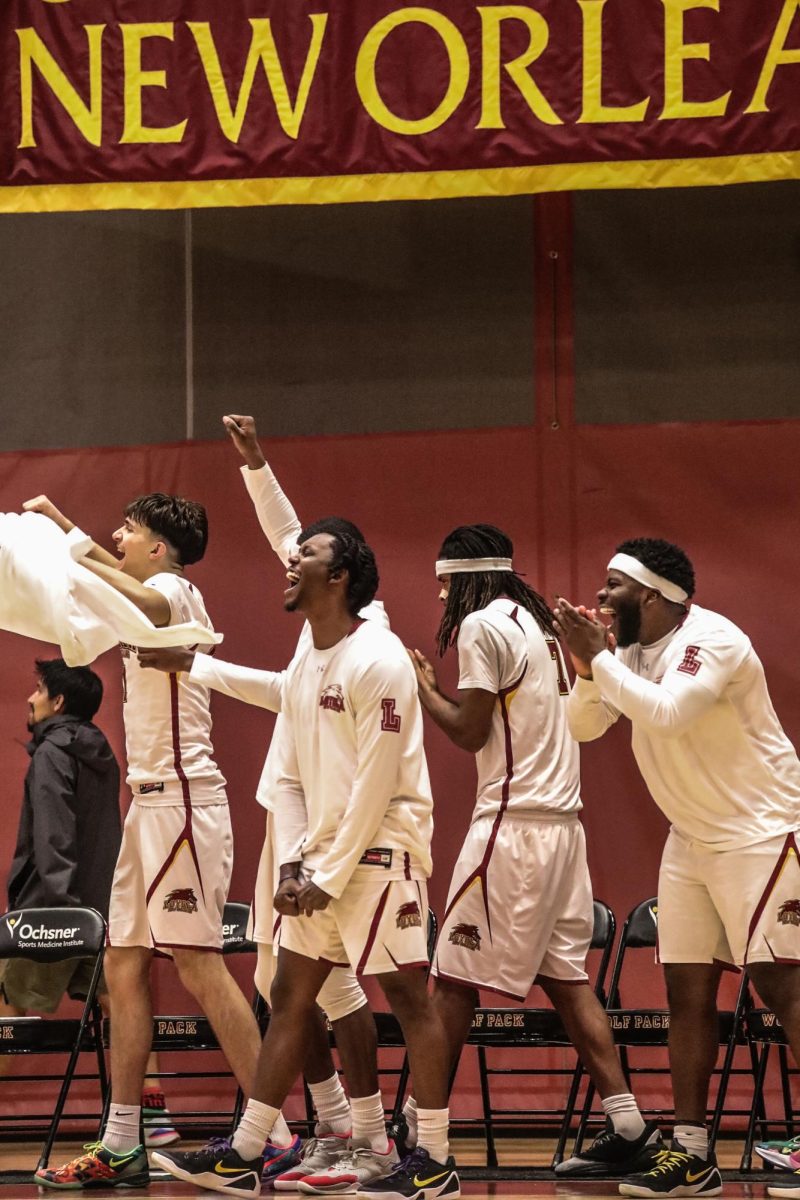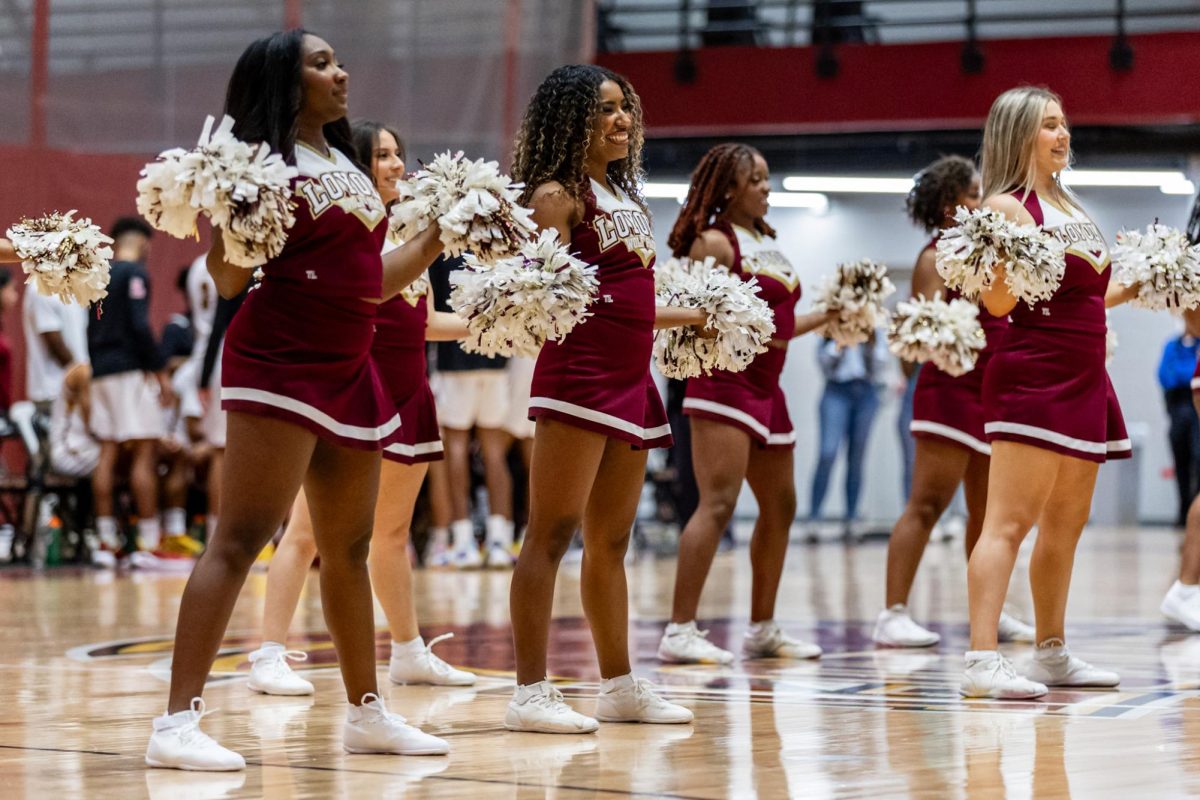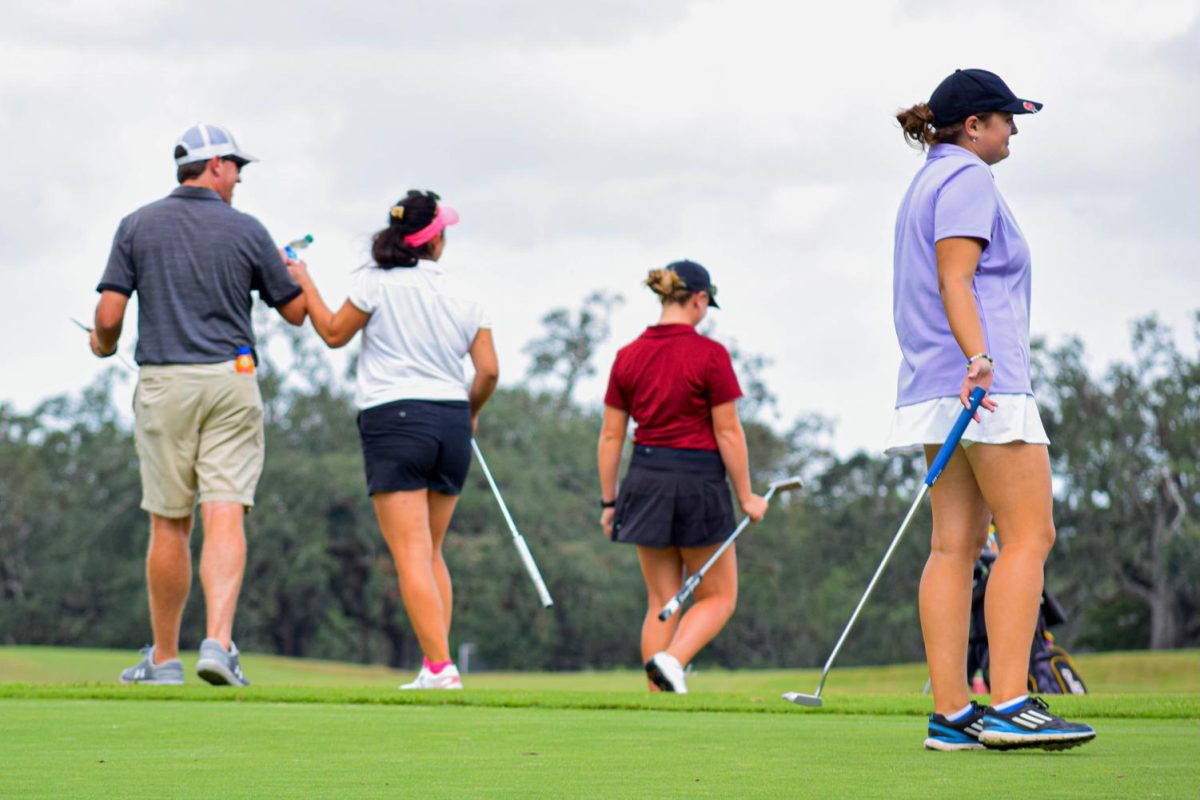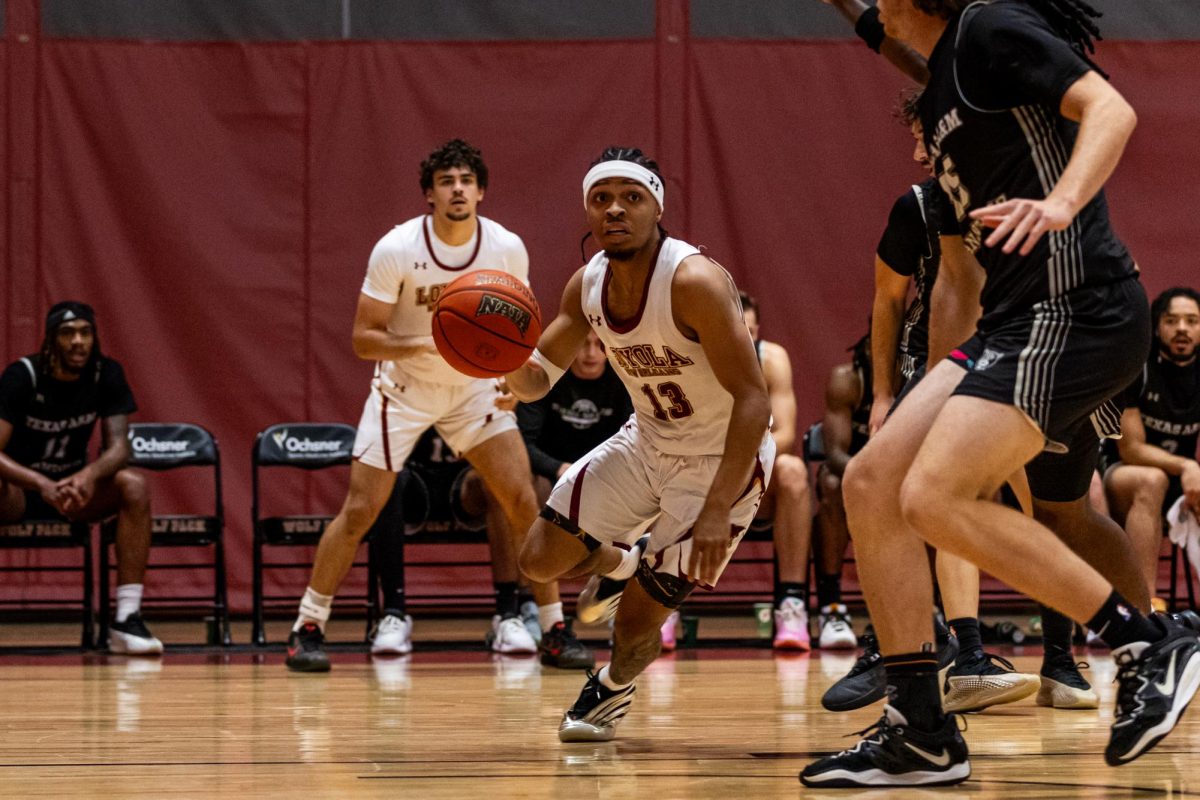Loyola Men’s and Women’s cross country teams began their season at the Battle for New Orleans, a meet hosted by the University of New Orleans and Tulane at Lake Oak’s Park on Friday, Aug. 30. After a rebuilding last year, both teams look to start strong and establish their first times of the season.
“It’s a chance to see where you are at,” Loyola Head Cross Country Coach Geoffrey Masanet said about the event. “It tells us if you got your training done over the summer and gives us an idea of where we are fitness-wise.”
Unlike other sports, the defining moment of Loyola’s cross country season will be at the Conference Championships on Nov. 8.
“It’s there as a training mechanism,” Masanet said about the upcoming meet. “Our sport is about getting ready for the conference meet.”
Last year, seven new athletes joined the men’s team, and another nine freshmen have signed on for this season. Junior Connor Meigs said the team is now able to access their full potential.
“We had a very young team last year,” Meigs said. “There’s a lot of potential for growth, but we were also kind of thrown to the wolves a little bit. [Our performance] was pretty decent, but like that is only scratching the surface… That was the very bottom of what we are all capable of.”
The women’s team consists mainly of freshmen and sophomore athletes. They are emerging into their first season without star athlete Madison Acosta, who holds the women’s record for Loyola’s three mile and 6000 meter events. Graduate student Jasmine Martinez hopes to lead the team into new territory.
“The main goal is hopefully as a team trying to place top three at the conference meet,” Martinez said. “We’ve never actually done it. We’ve always been either fourth or fifth.”
Men ranked 5th and the women ranked 6th in the Southern States Athletic Conference preseason coaches poll.
“I don’t pay any mind to [the ranking],” Martinez said. “We’ll pay more attention to the in-season poll’s when everyone is racing.”
Masanet outlined that the teams were focusing on process goals this year, noting that consistent training and practice is the key to success.
“The main goals are that people are at practice every single day on time, that we have good quality sessions, and that people communicate well,” Masanet said. “We do these things daily in and out, then we can expect to step on line at a meet and run well.”
The training looks different each year, as every runner needs specific coaching and attention for them to reach personal bests.
“Every year there are a bunch of new kids,” Masanet said. “When you have a younger team, you tend to be a little bit more conservative in how you approach day to day stuff, so you don’t overload them.”
That overload is generated not just from the standard stresses of beginning college but also the differences between high school and collegiate cross country.
“On the guy’s side, the biggest challenge that they face is that they jump from racing 5K to 8K… that’s 66% longer than what they’re accustomed to,” said Masanet. “[The] women have an extra thousand meters, which is an extra three to four minutes when we get to those championship races later in the season.”
However, spirits are high going into the season, as a good start to fall training has brought energy and motivation to the squad.
“Everyone seems really eager and excited, happy to be here, and wanting to get better,” Meigs said. “Even if it’s an early morning or it’s a bad day, I’m so happy to be there because the team is growing.”


